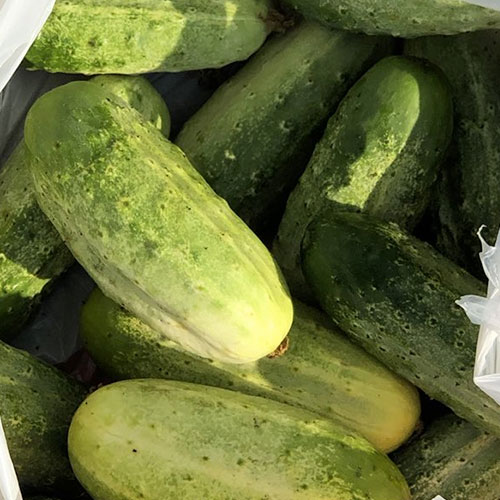French dressing isn’t French. Not as we know it today, anyway.
In the beginning, a French dressing was simply a vinaigrette, so named in nineteenth-century cookbooks from New York and Boston. As the dressing migrated inland, cooks fortified it with tomato, paprika, sugar, and the other ingredients that made it the rich, ruddy condiment in your refrigerator. It became Midwestern.
In 1923, decades before Nebraskan Steve Henson invented ranch, transforming heartland salad bars, an edition of the Fanny Farmer Cookbook included a recipe for a proto-French called “Ohio Salad Dressing.” Two years later, Chicago’s Kraft entered the salad dressing industry with their own signature take on French. (Decades later, they trademarked the name “Catalina” for a variation on French meant to evoke California but likely concocted in Illinois.) In 1939, a seventeen-year-old Judy Garland, born Frances Ethel Gumm in Grand Rapids, Minnesota, shared her mother’s French dressing recipe in a book (unfortunately) titled “What Actors Eat (When They Eat).”
As the dressing migrated inland, cooks fortified it with tomato, paprika, sugar, and the other ingredients that made it the rich, ruddy condiment in your refrigerator. It became Midwestern.
The dressing is still a salad bar and steakhouse staple in the Midwest. Regulars at Dayton, Ohio’s iconic Pine Club, among other institutions, get their salads “red and bleu,” drizzled with blue cheese dressing and French. Author Amy Thielen pays tribute to the tradition in her book “The New Midwestern Table,” with a recipe for a crunchy, refreshing combination of blue cheese, radicchio, iceberg, and a slightly spicy homemade French that she calls the Fire-and-Iceberg Salad.
Although French has evolved over the years, bottled versions have followed the same basic formula since the 1950s, constrained by guidance from the F.D.A. Per government regulations, the dressing must be a “separable liquid food or the emulsified viscous fluid food prepared with vegetable oil and one or more acidifying ingredients, such as vinegar and/or lemon or lime juice.” In other words, underneath everything, it’s still a vinaigrette. Interestingly, tomato is not a required ingredient, though most use it. The dressing must contain at least 35% oil by weight, which forces purveyors of lower-fat options—including Kraft—to label those imitation French.
Over the years, those regulations have boxed out a number of dressings that almost fit the bill, from Nebraska’s beloved Dorothy Lynch to the Sweet and Tart sauce drizzled over pizza at Monical’s locations in Illinois. That might be changing. Last winter, the F.D.A. announced its intention to stop regulating French.
Could that change help shake the dressing loose from the 1950s? If we’re lucky. I’d be happy to see the rich, fire-engine-red dressing reimagined as an heirloom tomato-and-smoked paprika vinaigrette.




